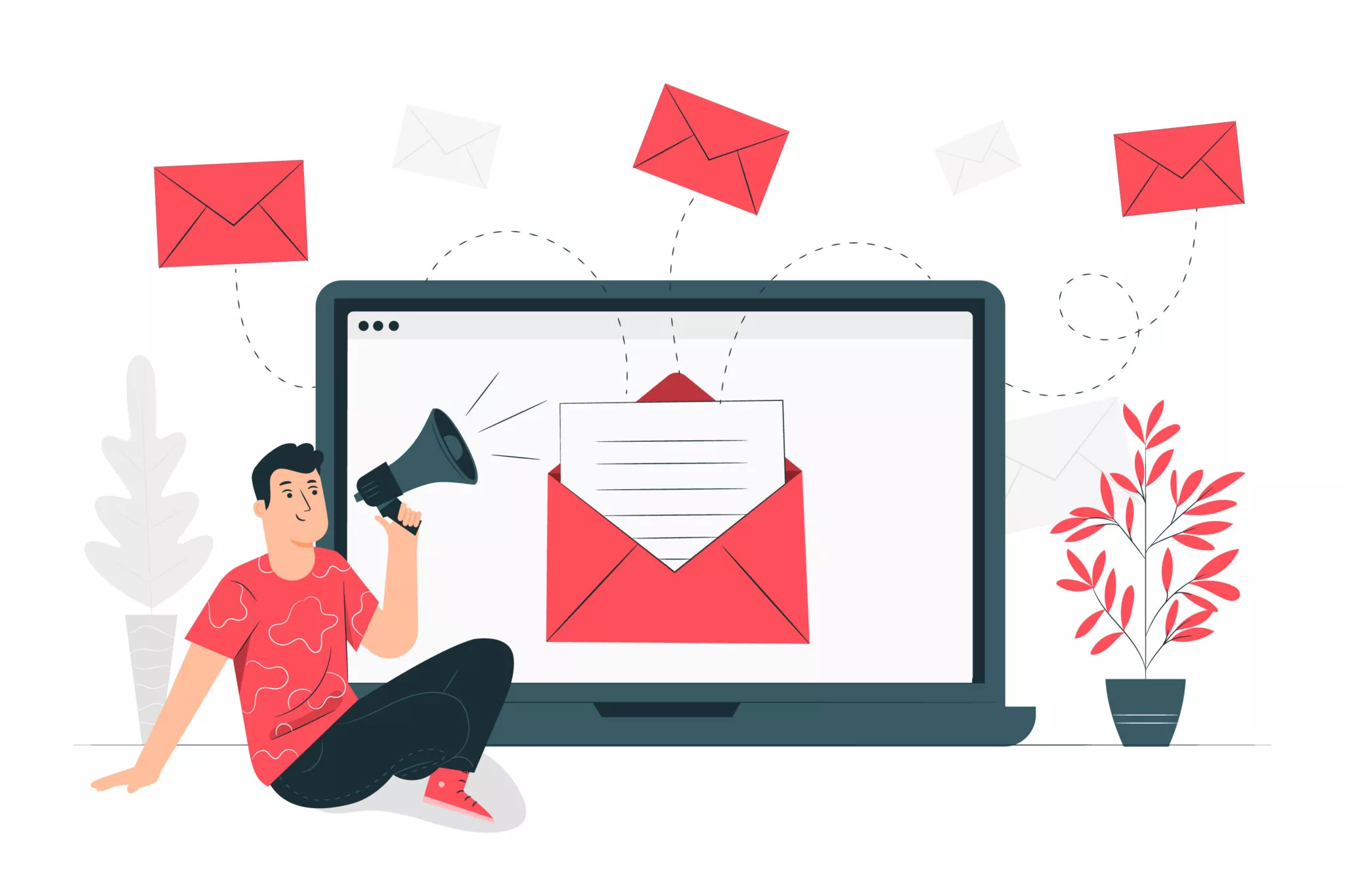Email Marketing Is Still The Most Relevant Digital Tool!
Since 1971 when Ray Tomlinson sent the first email ever, marked the beginning of the modern communication era, every aspect of businesses life has changed. With that marketing too. It starts with Gary Thuerk, a Marketing Manager at Digital Equipment Corp. Couple of years after the email was launched, he was the one to send the first commercial email, and voila, marketing using email was born. When will I do something so cool?
Anyway, after almost 50 years, email marketing is still the most relevant and profitable digital marketing channel. I know most of you don't believe but, it's true.
My email inboxes are swamped with automated newsletters that do minimal every day, and I'm mostly deleting them without reading or unsubscribing. But now and then, I get an email that's so good, thank you AI, not only do I read it, I share it with all my friends and coworkers. And that is truly magical!
Salespeople, let me transform you that in numbers.
Each email marketing campaign can be different, especially if you have different goals for different campaigns (e.g., generating leads and growing a subscriber base). Still, there are some basic metrics every email marketer should learn how to track.
1.The open rate tracks how many subscribers opened the email you sent. In 2020 rates were vary depending on the subject line and the relevancy of the subject matter for subscribers, but we found an average open rate of 17.80%. If you manage a campaign with open rates higher than that, you know you are doing something right
2. Clickthrough rate is a ratio showing how often people who see your ad or free product listing end up clicking it. CTR can be used to gauge how well your keywords and ads, and free listings, are performing. How to calculate? CTR is the number of clicks that your ad receives divided by the number of times your ad is shown: clicks ÷ impressions = CTR. For example, if you had 5 clicks and 100 impressions, your CTR would be 5%
3. Conversion rates give you unique insight into your return on investment. When you know how much you have spent and how many subscribers are converting, it's easier to determine whether or not the money you are putting into your campaign is paying off. The average landing page conversion rate across industries was 2.35%, yet the top 25% converted at 5.31% or higher. Ideally, you want to break into the top 10% — these are the landing pages with conversion rates of 11.45% or higher.
4. Bounce rate measures how many subscriber email addresses didn't receive your email. Soft bounces track temporary problems with email addresses, and hard bounces track permanent problems with email addresses. If you would like more precise numbers for your particular industry, click here: https://mailchimp.com/resources/email-marketing-benchmarks
I found an average bounce rate of 70%.
5. Unsubscribe rate can tell you a lot about the people reading your emails, the content they love, and what you can improve to keep them engaged. The average email unsubscribe rate is 2%
6. List Growth rate you can calculate by taking the number of new subscribers minus the number of unsubscribes, dividing them by the total number of email addresses on your list, and then multiplying it by 100.
7. Spam! Your email service provider will likely track this number for you, but you may want to keep an eye on it yourself to make sure that nothing is technically wrong with your emails and that your copywriting meets your desired standards.
8. Engagement Rate is a measure of how your subscribed contacts interact with your email campaigns. We take their activity and compare it to how long they've been in your audience, and classify them on an engagement scale. For most digital marketing practices (social media, SEO, display advertising, etc.), engagement means clicking on what the marketer wants you to click on. By simply giving attention to something in any form, a relationship has begun to form between the user and the brand.
9. Forwarding rate or sharing is a helpful metric to track because it gives you an idea of how many brand advocates you have. It tells you what percentage of subscribers are recommending your emails to others.
10. ROI. When it comes to customer interaction, email is the Holy Grail of marketing communication. That's because done right, it produces phenomenal results.
In fact, the ROI for email marketing can be as high as 4400%.
A ratio over 5:1 is considered strong for most businesses, and a 10:1 ratio is exceptional. Achieving a ratio higher than the 10:1 ratio is possible, but it shouldn't be the expectation. Your target ratio is largely dependent on your cost structure and will vary depending on your industry.
People do business with people they know, like, and trust. Marketing using email gives you the ability to build credibility with your audience by sharing helpful and informative content. By utilizing it, you can strengthen brand recognition with new and potential clients and extend your reach when people forward or share your message with a friend. So what are you with for? Start marketing your services with a personal touch, build excitement, and generate new leads.
If you prefer to do it by yourself instead of leaving it to professionals, in the article below, you will find all tips on what to do and what to avoid doing. Good luck!
Monja Uzunovic
As a passionate marketing & event professional, I'm client-oriented, with an instructive sales approach, and I do believe that " The power of mouth" is one of the best ways of advertising your work.











